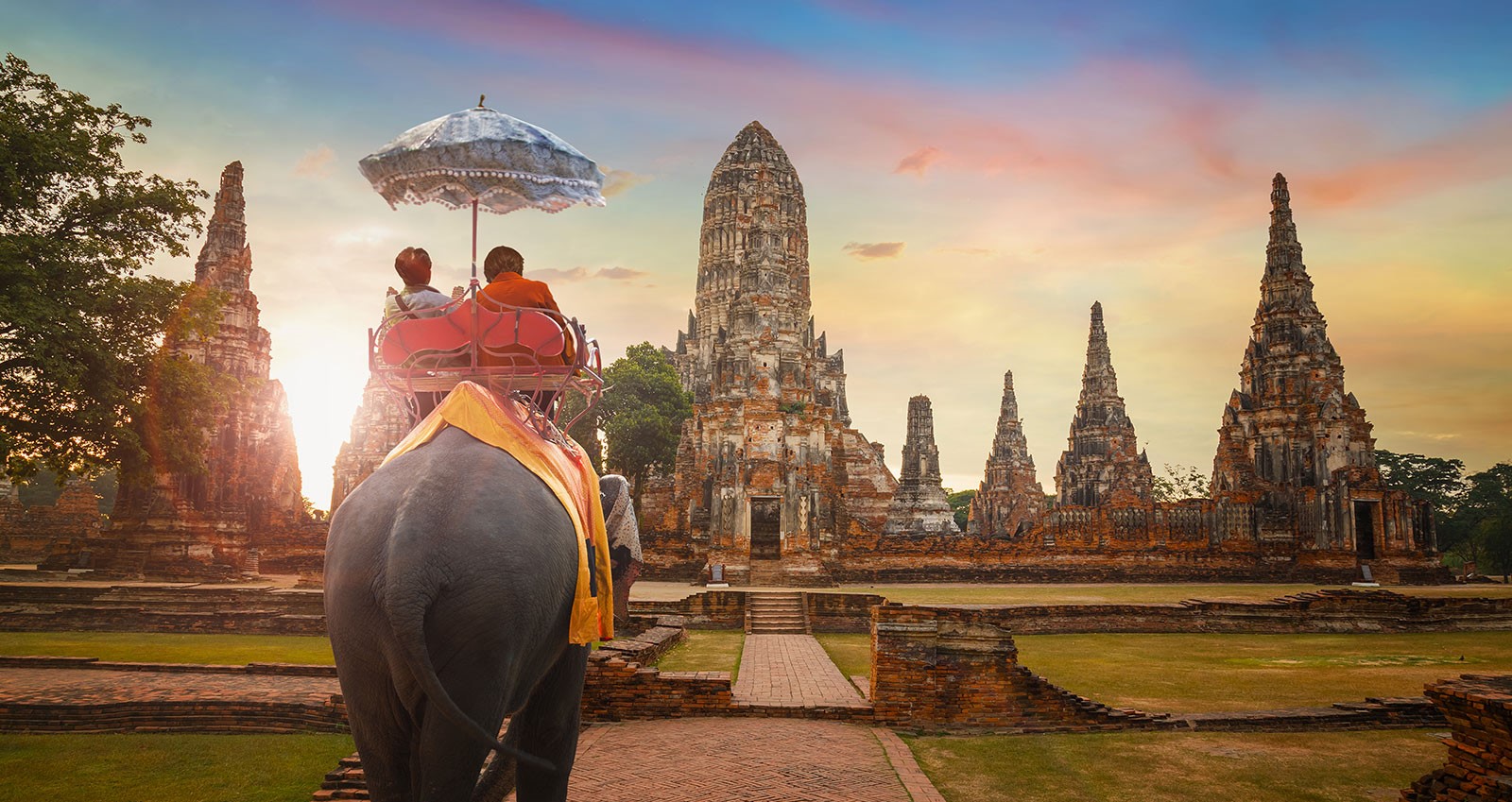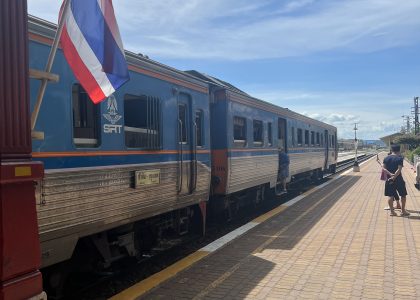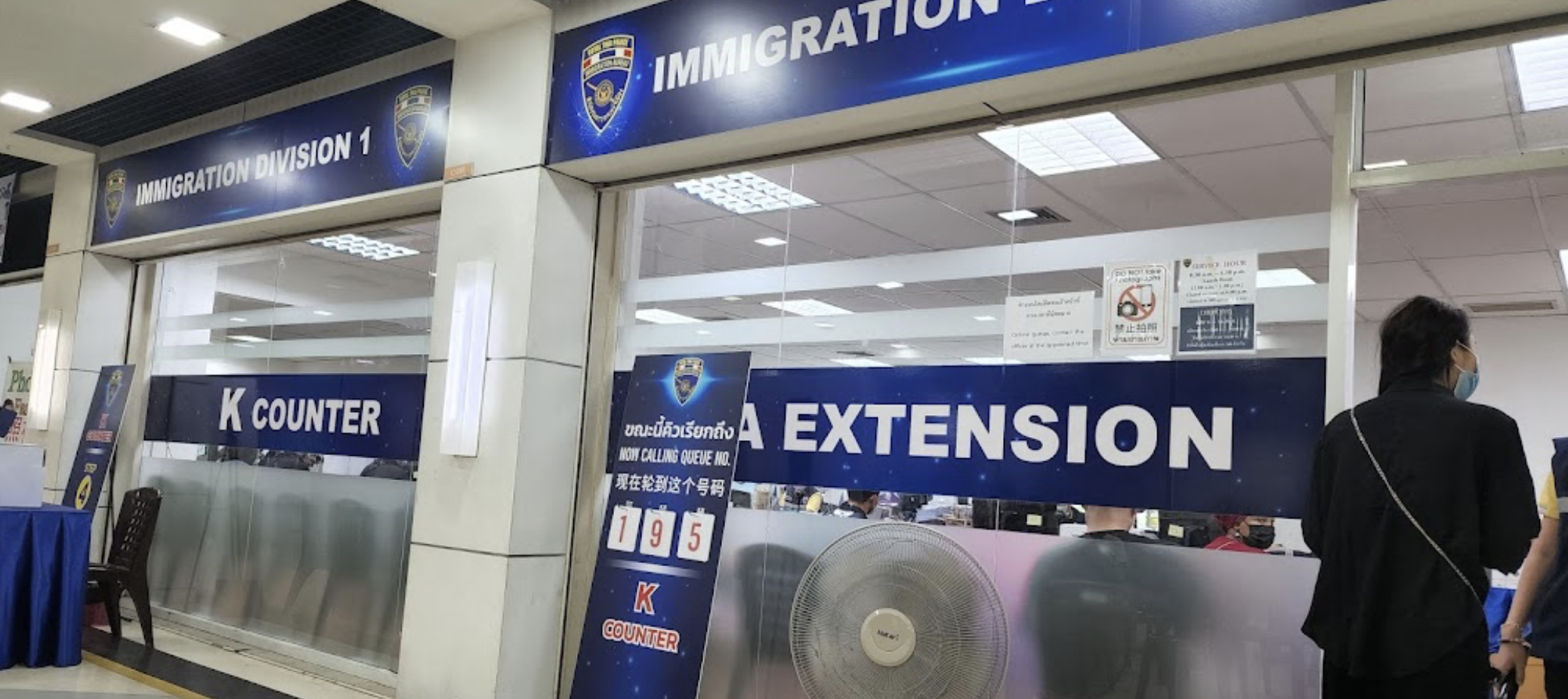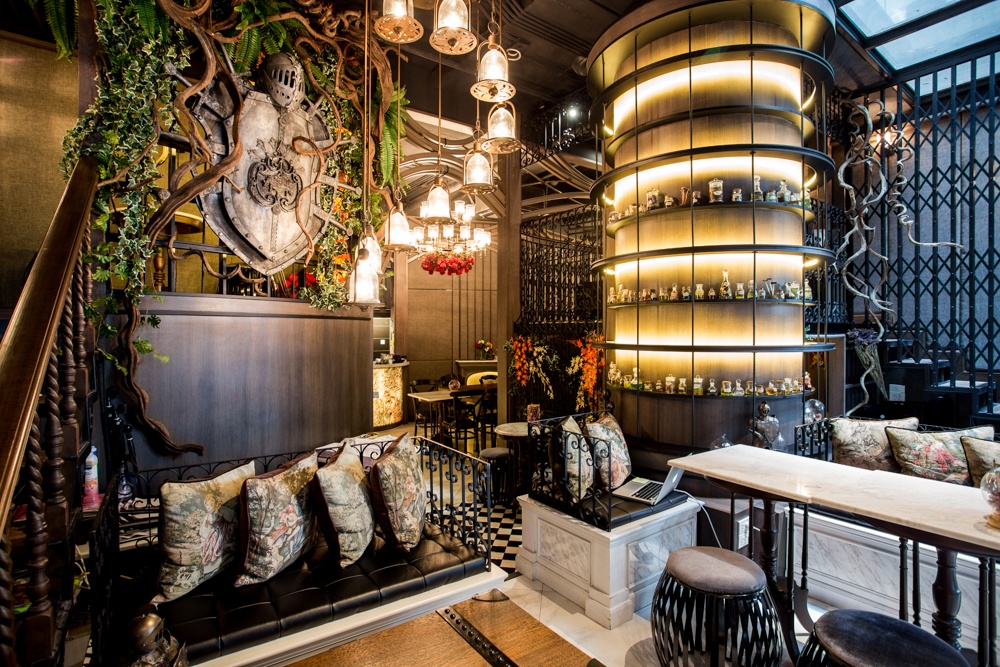
Ayutthaya is a popular day trip that many tourist go on starting from Bangkok as it is only about an hour and a half drive north of the city. If you’re a traveller who loves to slow down and soak in the local life, a longer trip here will allow you to witness some of the raw local life in this once thriving former capital city.
Getting to Ayutthaya is easy.
We write about it here
A little bit of history of Ayutthaya:
It is a historic city founded c. 1350 and became the second Siamese capital after Sukhothai. It was destroyed by the Burmese in the 18th century which led to the move of the capital city to a more defensible site, now known as ‘Krung Thep’ to local Thais and ‘Bangkok’ to most foreigners. The whole city was destroyed by fire except some structures which were made from stone survived. You’ll find that there are many Wats (temples) around the city which are in ruins, but still very lovely to walk around and see some of the history.
Best places to visit if you’re short on time:
If you’re looking to make the most out of your day trip to the ancient capital, we recommend the following places to check out:
1. Wat Maha Tat
Most famous for the Buddha head wrapped up in the tree and decapitated Buddha statues when it was invaded.
Wat Mahathat (Temple of the Great Relics) is located almost right in the center of Ayutthaya. Apart from being the symbolic center where the Buddha’s relics were enshrined, Wat Mahathat was also the residence of the Supreme Patriarch or leader of the Thai Buddhist monks. The temple is believed to be built during the 14th century A.D. (the early Ayutthaya period).
The main prang collapsed during the Ayutthaya period, but was restored. It collapsed again in 1911, so only the foundation of the main prang remains at present.
However, it can easily be judged from the size of the base, that the prang was quite high. As in most architecture of the early period of Ayutthaya, the main prang was the most important edifice in the temple compound.

2. Wat Chaiwatthanaram

This is one of the most beautiful structure of the area and is quite jaw dropping.
Wat Chaiwatthanaram was constructed in 1630 by King Prasat Thong. It was one of the grandest monuments of the Ayutthaya Kingdom.
The King built the temple as a means to gain Buddhist merit and as a memorial to his mother. Her ashes are enshrined in two square chedis flanking the ubosot on the East side of the temple.
As canon balls and canons were dug up during excavations, historians believe the temple may have been used as a fortress during the last war with Burma. The monastery was looted and largely destroyed by the Burmese armies in 1767 after which it was deserted. During the late 1980’s and early 1990’s Wat Chaiwatthanaram was restored by the Fine Arts Department.
3. Wat Phra Si Sanphet

The history of the Wat Phra Si Sanphet spans several centuries. The first structures were built during the 14th century. During the reign of later Ayutthaya Kings structures were added until the temple reached the peak of its glory in the second half of the 17th century.
It starts halfway the 14th century when U Thong, first King of Ayutthaya, built several chedis on the site near the Royal palace. When King Borommatrailokkanat ordered a new palace built in 1448, he converted the old palace into a Royal monastery.
In 1491 King Ramathibodi II built two large chedis to enshrine the ashes of his father and older brother. Several years later the King had a 50 meter long viharn built East of the chedis to enshrine a large gilded image of the Buddha named Phra Si Sanphet. The temple then got its present name.
Another three decades later a third chedi was constructed to enshrine the ashes of King Ramathibodi II. During the reign of King Narai in the second half of the 17th century a large cross shaped viharn named Prasat Phra Narai was constructed directly West of the central platform supporting the three stupas.
The temple was largely destroyed by the Burmese armies in 1767, leaving only its three massive stupas standing.
Some things to know when visiting Ayutthaya:
- Most of the temples and ruins will require an entrance fee of 50 Bahts as of 2019 for foreigners or 10 Bahts for Thai residents.
- Women will require to fully cover their bodies while entering temples, they means covering all body parts, long dresses/pants only and no shorts or ripped jeans.
- Men will not be able to wear hats and wearing shorts is ok as long as it’s not too short.
- No shoes allowed inside the temple, you will have to leave your shoes outside. Be sure to wear socks without holes!
- Do not climb on any of the structures! There are Thai police circling the areas to enforce this, you WILL BE arrested and fined if you decide not to heed this warning.
- Respect all Buddha images and sculptures, do not place your feet towards any Buddha statues
Before you go on your trip, make sure to protect yourself from the potential accidents that can happen during travel. Travel insurance is a must and it would be foolish to go without it.
World Nomad’s is the #1 insurance provider for backpackers because they allow you to extend, cancel, or even renew your policy wherever you are in the world! Created for travellers, by travellers.





